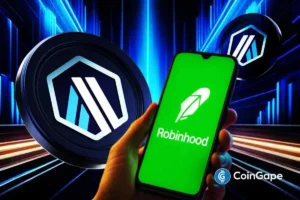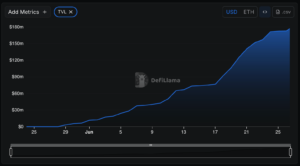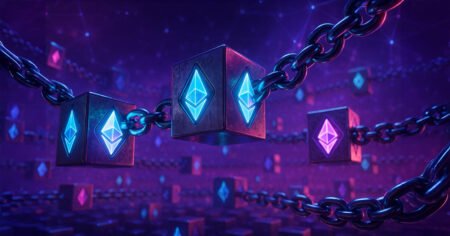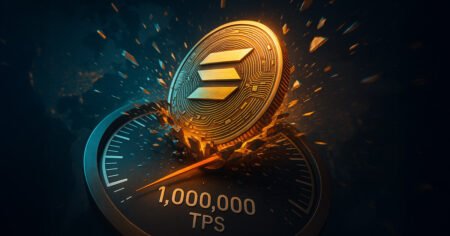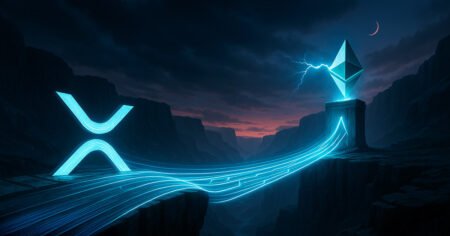In a world filled with misinformation, blockchain technology offers a unique solution: trustlessness. However, the decentralized nature of blockchain has led to fragmented ecosystems, limiting the potential of the technology. Despite this, recent progress has been made to bridge these divides and create a more unified blockchain ecosystem.
Layer-2 networks were initially seen as a solution to blockchain interoperability issues, but they created new challenges. The AggLayer, powered by zero-knowledge proofs, aims to connect various chains and networks seamlessly, allowing for the sharing of liquidity and users. This unification will bring new capabilities and services to the global market, creating a more secure, sovereign, and unified system.
Developers can now build with lower costs and faster speeds using unification layers like zkEVM or zkVM, while maintaining the security and censorship resistance of Ethereum. This interconnectedness benefits not only developers but everyone in the Web3 space, making it more fair, inclusive, and accessible. As momentum grows in 2025, the potential for a unified ecosystem becomes even more promising.
One example of a community-centric trend gaining traction in the blockchain space is the emergence of yield-bearing stablecoins. These stablecoins, such as AUSD and sUSDe, offer passive benefits to holders by sharing profits generated in DeFi and traditional finance. By leveraging an aggregated approach to blockchain, these stablecoins ensure seamless interoperability and promote financial inclusion in the Web3 space.
The future of blockchain technology looks bright in 2025, as the industry shifts towards unification. This trend is set to accelerate mass adoption by making Web3 more financially inclusive and interoperable. With innovations and advancements on the horizon, decentralized ecosystems will come together to create a more unified and efficient Internet of the future.


